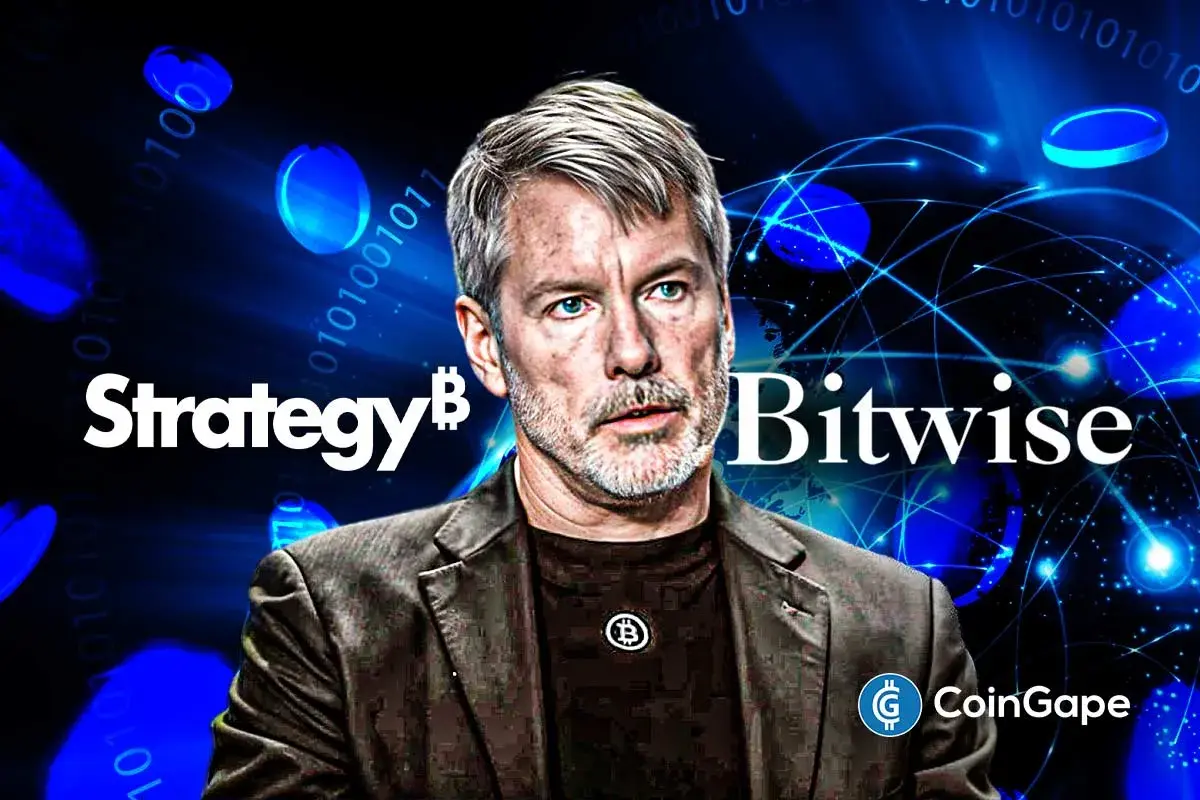Bitcoin Consensus Rules Questioned by Ripple CTO

Highlights
- Ripple CTO questions if hash power solely defines Bitcoin, challenging conventional beliefs.
- The Nakamoto consensus relies on the longest chain rule, where most computing effort validates blockchain.
- Schwartz's intervention prompts reflection on user autonomy and network governance in the Bitcoin ecosystem.
David Schwartz, the Chief Technology Officer of Ripple, has raised a point that has drawn attention to the process of centralizing the Bitcoin (BTC) hash power. With his intervention, Schwartz challenges the conventional wisdom that it is the majority of hash power that determines who gets to control the name “Bitcoin.” Responding to tweets, he not only questions the understanding but goes on to raise a fresh question, the one about the authority to define what is popularly known as Bitcoin.
Ripple CTO questioned whether a rational user would blindly accept whatever is called BTC, regardless of its qualities, honesty, or integrity. Schwartz emphasized the importance of distinguishing between what is labeled as Bitcoin and what users actually desire, suggesting that the former does not necessarily align with the latter’s preferences.
Role of Hash Power in Bitcoin Consensus
Hash power, the computational power used for mining and confirming transactions on the Bitcoin network, has long been seen as a key factor responsible for consensus. The Nakamoto consensus, the basis of the BTC network, uses the longest chain rule, which says that the chain with the most computing time is the legitimate one. This principle has served the integrity and security of the BTC network since day one.
Schwartz’s criticism raises the question of the level to which hash power actually authorizes the building of the Bitcoin identity. He gives an example of the Bitcoin Cash hard fork from 2017, where he claims that rational users did not immediately choose the team that claimed to retain the “Bitcoin” name after the fork. This goes against the idea that the majority of hash power dominantly defines the true essence of Bitcoin.
Examining Rational User Behavior in BTC Ecosystem
Schwartz’s intrusion into this type of operation gives rise to a reevaluation of user behavior within the BTC system. Providing an argument that adherents of Bitcoin could simply have labeled it by sticking “Bitcoin” without being able to be sure whether users blindly hold that on just the mere fact that those did not have any underlying principle or quality, not only has he made the case of the network governance, and also fellow users called for the reconsidering. Through this talk, it is shown that the more complex aspects of choice influence the Selection of Bitcoins and resistance to the network.
Read Also: Hong Kong’s Securities Association Tips Authorities On Crypto Self-Regulation
- Crypto Traders Increase Bets on Kevin Warsh After Trump Names Top Two Fed Chair Candidates
- This Top CNBC Trader Says He’ll “Never” Invest in XRP Despite Wall Street Adoption
- ‘Dead Like Kodak’: Software Engineer Slams SWIFT’s 5-Year Delay on Blockchain Plans
- Ripple Attracts $300M Institutional Bet as VivoPower Launches Korean Investment Vehicle
- Crypto Eyes Entry into Traditional Sports as Tether Bids $1B for Juventus FC
- Expert Predicts Bitcoin Price Crash to $75k as ETF Inflows Fall, Treasury Companies Plunge 83%
- HYPE Price Jumps 8% as Open Interest Hits $1.61B — Is $50 Next?
- Is Solana Price Poised for a +50% Bullish Rally? Here’s What to Expect
- Top 3 Price Predictions for Bitcoin, Ethereum, and XRP in DEC 2025
- Will Chainlink Price Break Toward $20 After 84K LINK Reserve Increase?
- XRP Price Target $3 as Spot ETFs Continue to See Inflows
















